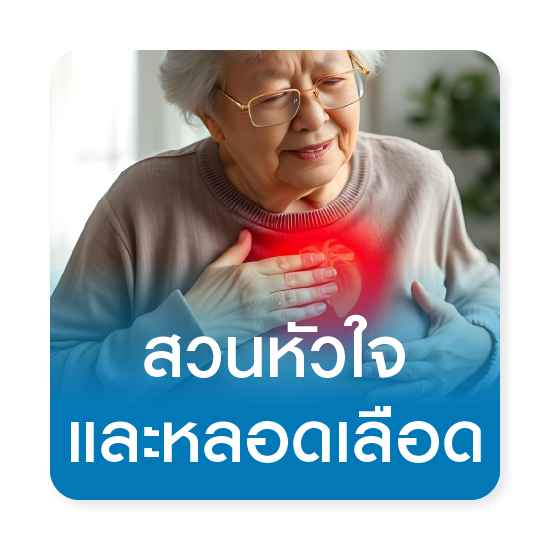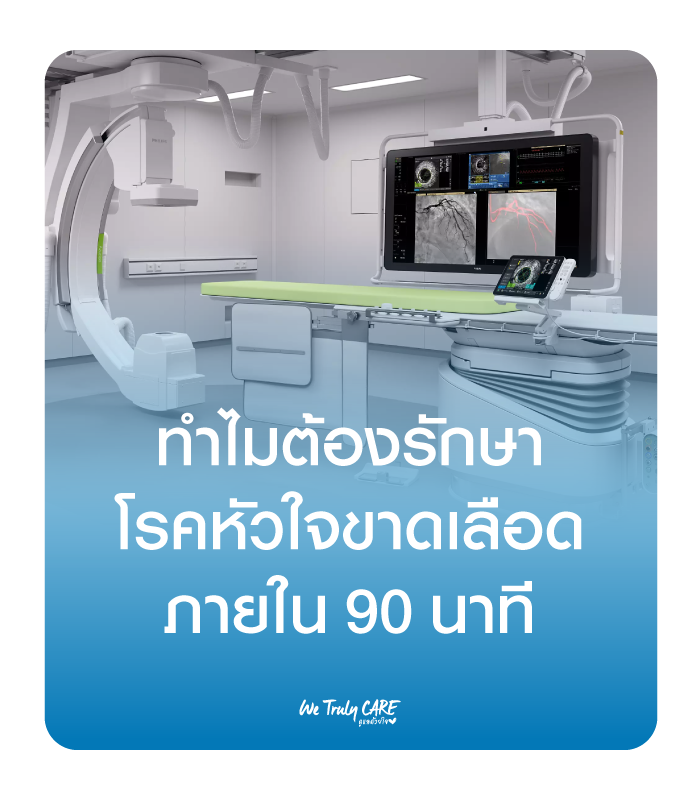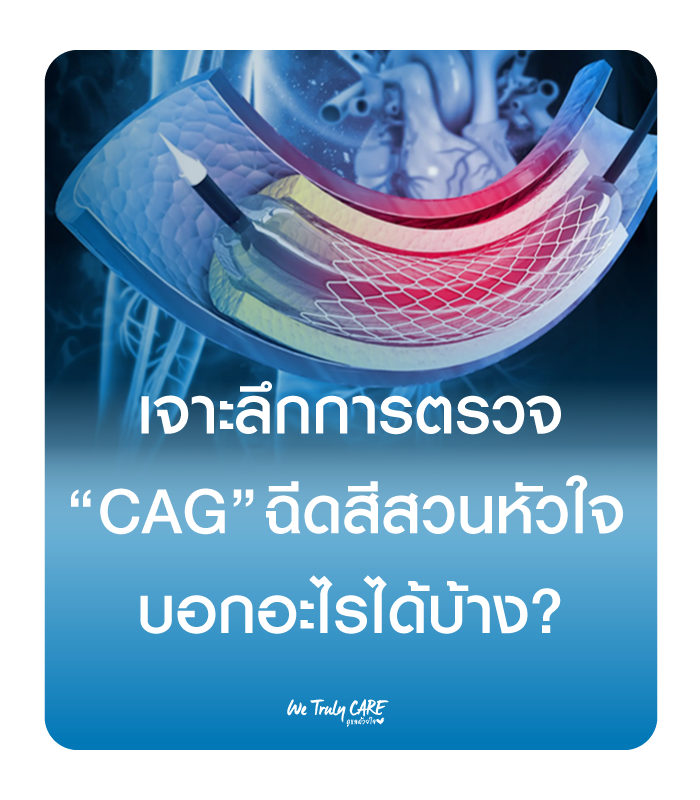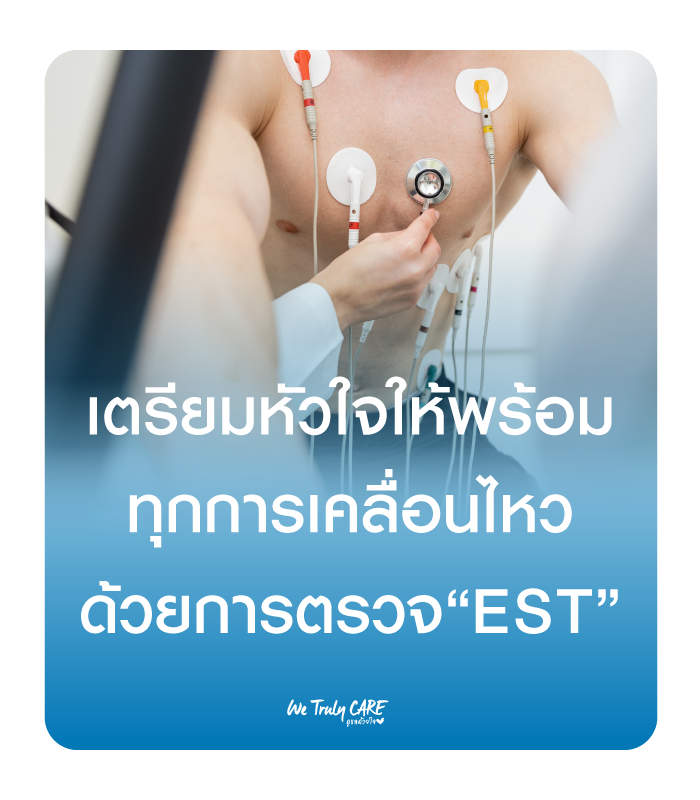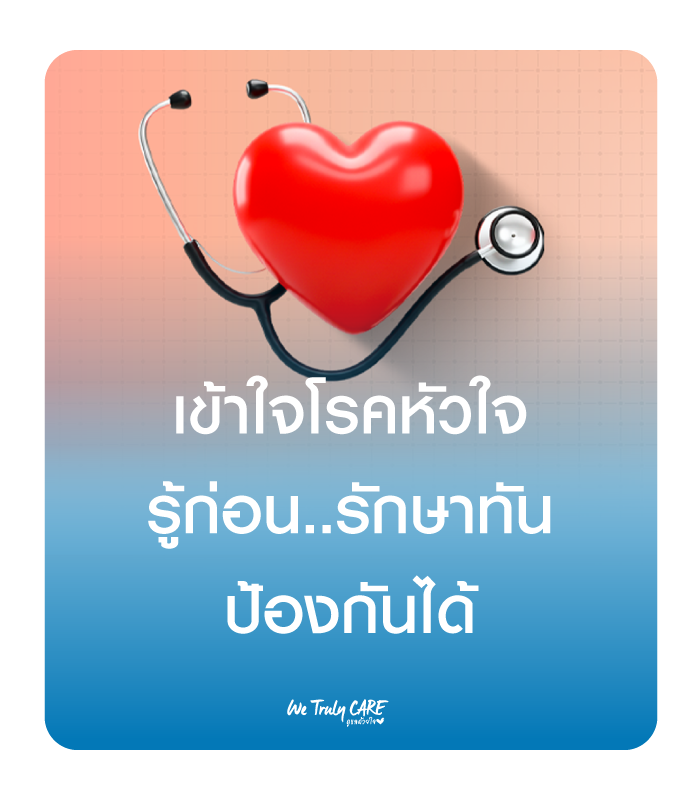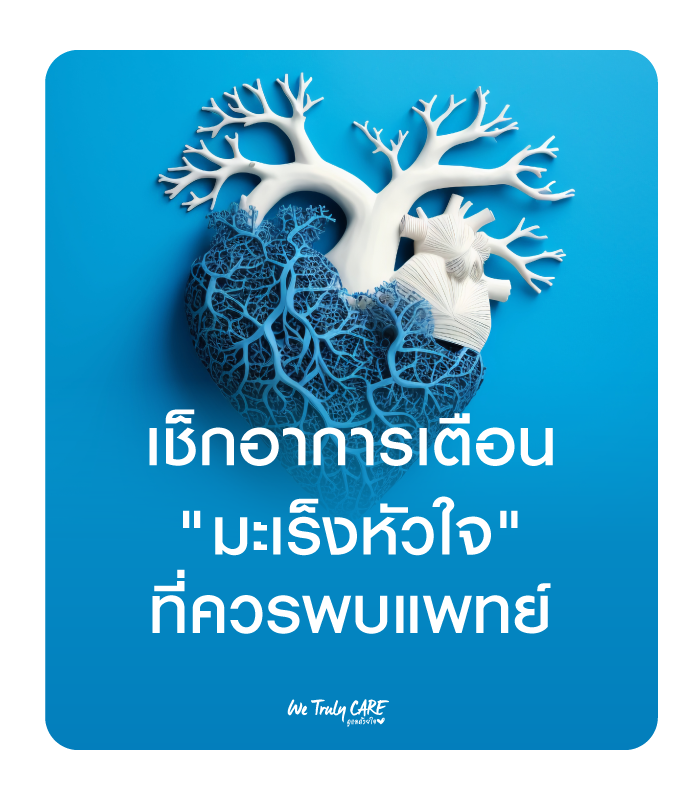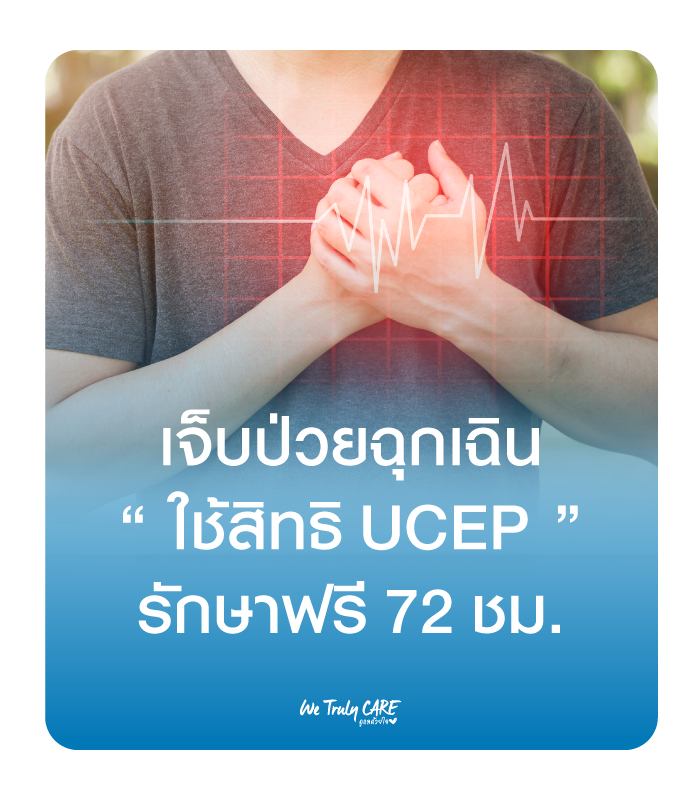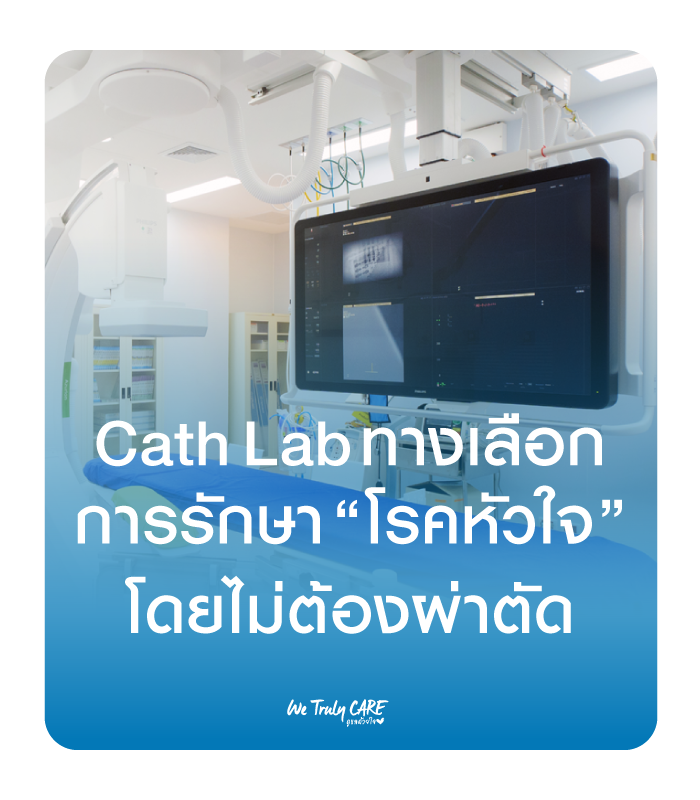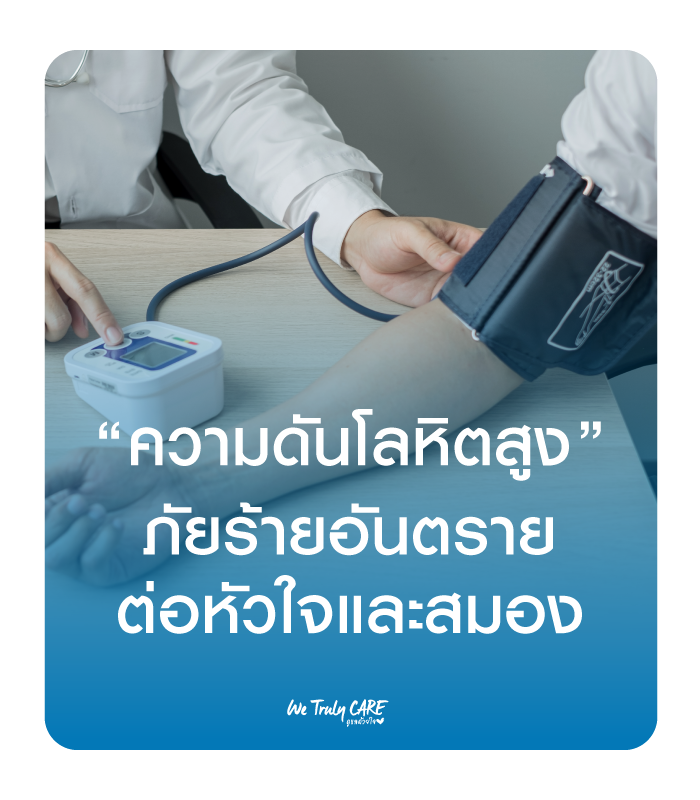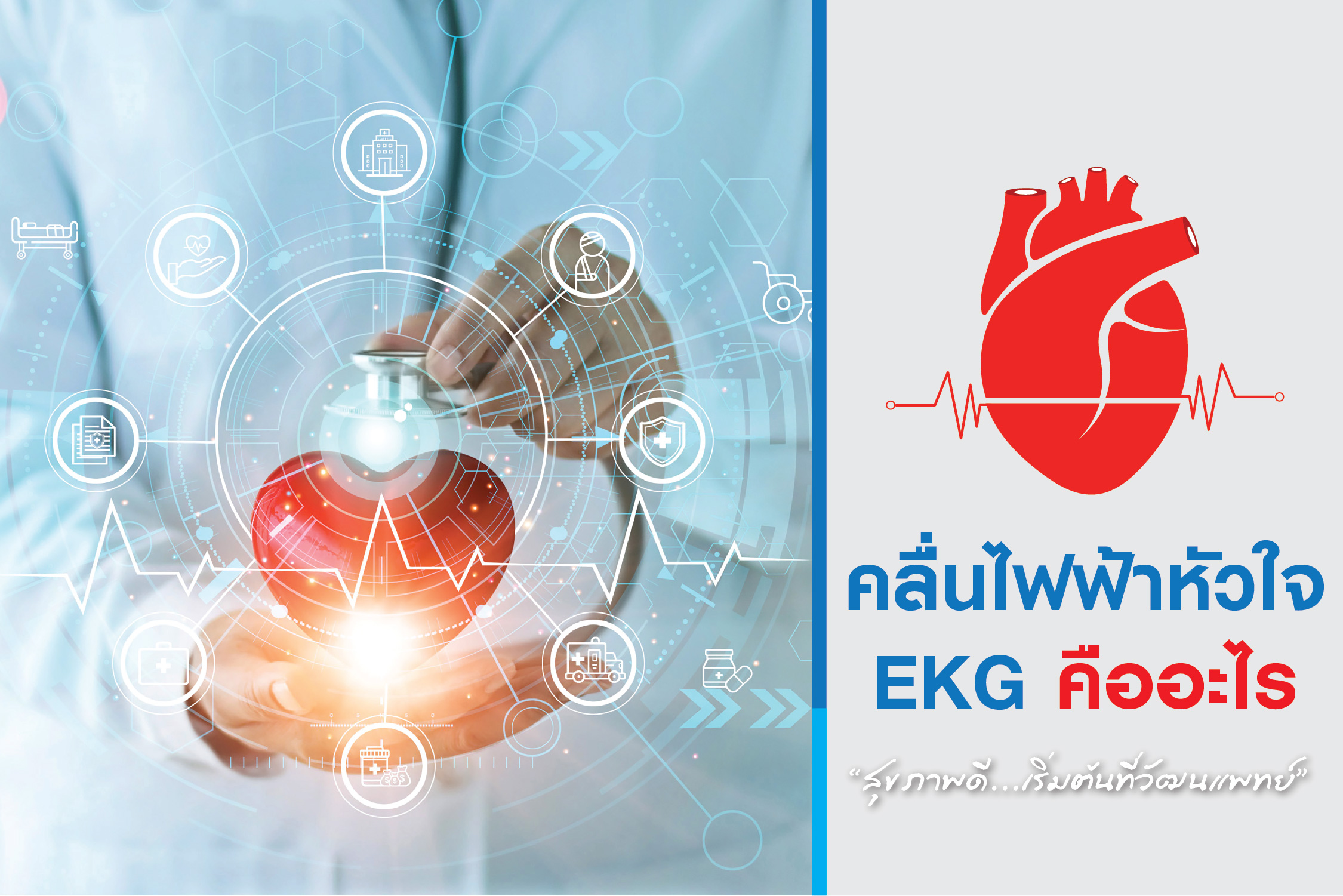Heart Clinic
Today, medical technology has advanced significantly, leading to the development of new equipment that meets the needs of patients—especially for diagnosing conditions in vital organs such as the heart. In addition to ECHO and EST machines, Cath Lab is a specialized laboratory for cardiac catheterization procedures. Let’s explore what the Cath Lab is used for, how it works, and the types of heart conditions it helps treat.
What Is a Cardiac Catheterization Lab (Cath Lab)?
A Cath Lab, short for Cardiac Catheterization Laboratory, is a specialized room equipped to perform diagnostic imaging of the heart and blood vessels. It allows physicians to visualize coronary arteries and other blood vessels in the body using contrast dye and X-ray imaging. The results appear on digital monitors and are recorded for later review. The images can be rotated and adjusted to provide a detailed view from all angles, enabling physicians to make accurate diagnoses.
What Does the Cath Lab Diagnose and Treat?
The Cath Lab can detect abnormalities and assess the severity of coronary artery disease, including:
• Blockages or narrowing in the coronary arteries
• Heart muscle function and contractions
• Myocardial infarction (heart muscle damage)
• Heart valve disorders
• Measurement of pressures in different heart chambers
If abnormalities are detected, doctors may perform:
• Balloon angioplasty to open blocked arteries
• Stent placement to keep arteries open
• Closure of heart defects such as atrial septal defects or patent ductus arteriosus
The Cath Lab is also used to diagnose and treat cerebrovascular conditions, such as:
• Ischemic stroke
• Cerebral artery blockages
Contrast dye is injected into brain vessels to detect abnormalities more precisely than standard X-ray angiography.
When Should You Undergo a Cath Lab Procedure?
Cardiac catheterization is typically recommended when coronary artery disease is suspected—particularly if:
• You experience chest pain or tightness lasting more than 5 minutes
• You have difficulty breathing or feel fatigued
• Other non-invasive tests are inconclusive
Since this procedure carries some risk, it's usually considered a final step in diagnosis and is carefully evaluated by a cardiologist, especially for patients at risk of sudden cardiac events.
How Is the Procedure Performed?
1. Local anesthesia is administered at the groin or wrist.
2. A sterile catheter (around 2 mm in diameter) is inserted through the artery.
3. Contrast dye is injected to visualize blood flow in the coronary arteries.
4. The images are displayed on a digital monitor via a special X-ray system.
5. The procedure usually takes around 20 minutes.
6. If needed, a stent may be inserted to treat blockages.
After the procedure:
• The catheter is removed
• A pressure dressing is applied to prevent bleeding at the insertion site.
Advantages of the Procedure
• Minimally invasive – no need for open-heart surgery
• Faster recovery – patients can often resume daily activities within a short time
• Reduced risk compared to major surgeries
How to Prepare for a Cath Lab Procedure
Before the procedure:
• You’ll undergo blood tests, chest X-rays, and an ECG
• You may be admitted to the hospital one day in advance
• Consent forms will be signed before treatment
• You’ll need to shower and shave the groin area where the catheter will be inserted
• Fasting (no food or drink) for at least 6 hours before the procedure
• Remove all clothing and jewelry and hand them to a relative or staff
Post-Procedure Care
After the procedure:
• Rest in a flat position, with the head elevated to 30–45 degrees
• Avoid heavy lifting and strenuous exercise
• You may move your toes and fingers, and turn gently from side to side
• A sandbag may be placed over the wound for 2–4 hours to stop bleeding
• Watch for symptoms like chest pain, dizziness, shortness of breath, excessive bleeding, rashes, or numbness—notify staff immediately if these occur
• Keep the wound dry—if it remains dry, normal showers are allowed
• If not contraindicated, drink at least 2,000 ml of water per day to flush the contrast dye out through urination
• Avoid alcohol, caffeine, soft drinks, and smoking
• Eat a balanced diet, avoiding excessively sweet, salty, or fatty foods to reduce the workload on the heart
The Cardiac Catheterization Lab (Cath Lab) is a highly precise and effective diagnostic tool for heart diseases. It is especially useful for patients who do not respond well to medication or other treatments. The procedure helps doctors make more accurate decisions and design a tailored treatment plan for better heart health.




